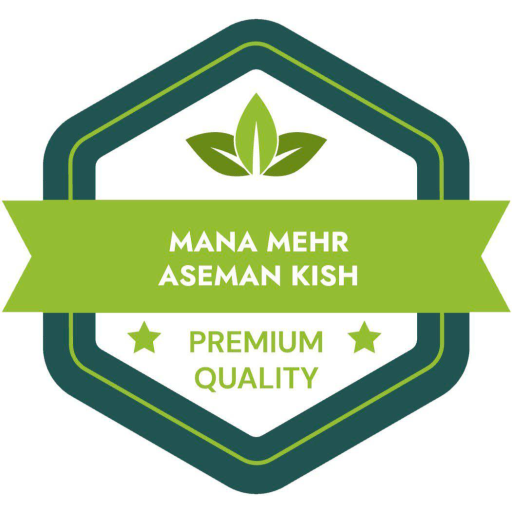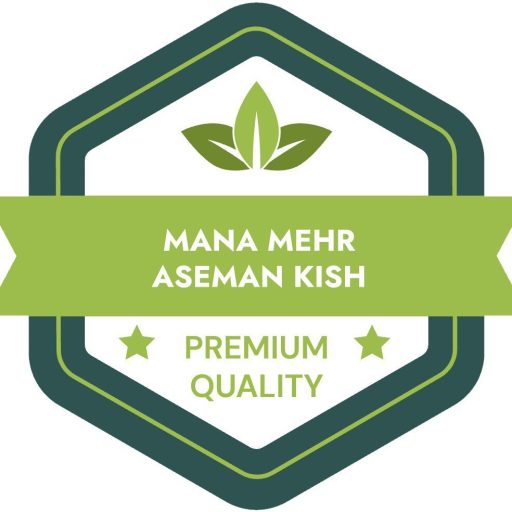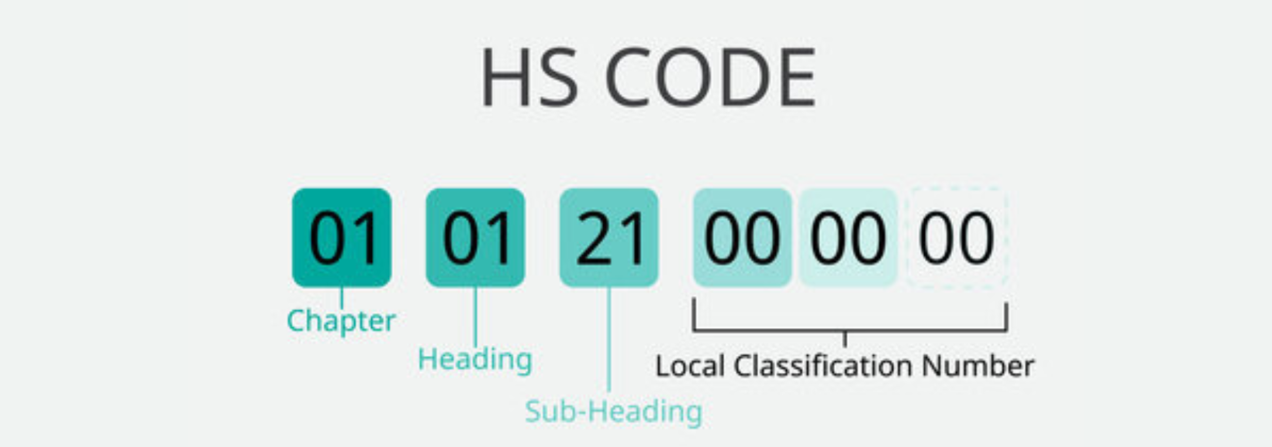
Understanding HS Code in International Trade
The Harmonized System Code (HS Code) is a standardized performance system used globally for the identification and classification of products. Governments use this system to manage tax policies, pricing strategies, budgeting, and economic planning. HS Codes help in regulating both tariff and non-tariff measures, as well as customs statistics, making them an essential tool in international trade.
The Harmonized System Code (HS Code) is a standardized performance system used globally for the identification and classification of products. Governments use this system to manage tax policies, pricing strategies, budgeting, and economic planning. HS Codes help in regulating both tariff and non-tariff measures, as well as customs statistics, making them an essential tool in international trade. In global trade, all goods are classified according to the Harmonized International Standard. In Iran, the Export and Import Regulations Office of the Trade Development Organization organizes goods into 21 parts and 98 chapters. These classifications are formatted into an eight-digit code, and the regulations are updated and published annually for public access. This structured classification aids in the smooth functioning of the country’s trade policies.
Each product is assigned a unique eight-digit code, commonly referred to as the tariff number, which remains consistent across various governmental and trade organizations. This code helps to specify product details and is essential in trade documents, such as invoices. The HS Code standardization ensures that sellers and buyers in the global market have a clear understanding of product specifications, simplifying trade transactions.
The HS Code system is implemented internationally through the World Trade Organization (WTO), where goods are classified using an 8 or 10 digit code. The first 4 or 6 digits are shared globally among member countries, while the last 2 or 4 digits may vary depending on national classification preferences. This makes it a versatile tool for distinguishing goods during international correspondence and trade agreements.
Since the first 6 digits of the tariff number are universally common, the HS Code system provides an efficient and consistent way to distinguish products globally. Below, we have provided the HS Codes for nuts and dried fruits, to assist in smooth international trade for these commodities.
Our Products HS Codes
Pistachio
Pistachio is a tree with two bases of the pistachio family, which is known as Iranian pistachio in terms of quality. Pistachio is one of the most important agricultural products in the country, which is extremely important in various economic, social, environmental and other aspects. The production value of this precious and unique product is about 10% of the country’s non-oil revenues.
- Types of pistachios: Ouhadi – Koleghoochi – Ahmad Aghaei – Akbari – Qazvini – Fandoghi : 080250
- Pistachionut in second shelled and chip – is known in the world customs with tariff ( code number 08025220 )
Energy (kcal): 557 Magnesium (%): 121 Protein (g): 20.6 Fat (g): 44.44 Carbohydrate (g): 27.97 Fiber (g): 10.3 Calcium (mg): 107 Phosphorus (mg): 376 Sodium (mg): 1 Potassium (mg): 1025 Vitamin C (mg): 5 Vitamin E (mg): 22.6

Dried-fig
- Figs is known in the world customs with tariff ( code number 08042000)
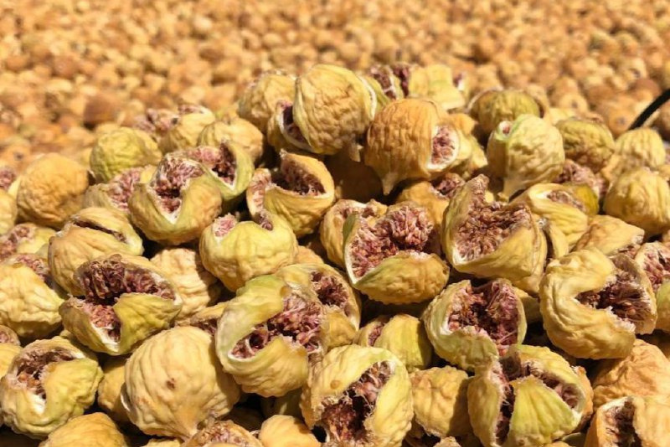
Saffron
- Saffron: 091020
- root cutting of Damascus rose: 06011010
- saffron in 10 to 30 grams packaging: 09102040
- not worn saffron in 10 grams packaging: 09102010
- not worn saffron in 10 to 30 grams packaging: 09102030
- saffron powder in less than of 10 grams packaging: 09102020
- Ginger, saffron, turmeric, thyme, leaves the cave, curry and other spices: 0910
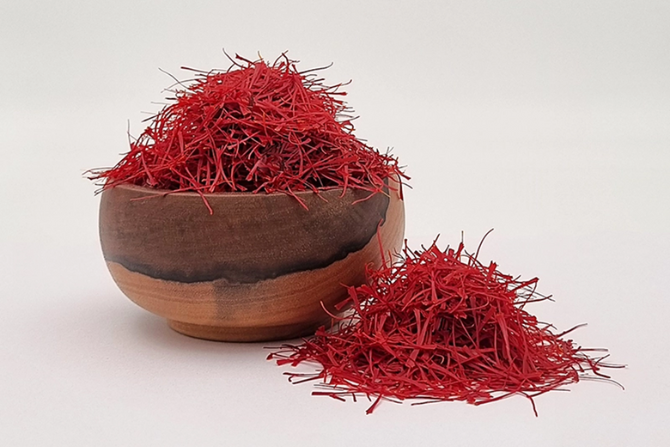
Feel free to contact us.
We are here to answer
all your questions
![]()
Frequently Asked Questions
![]()
Address: No. 17 , 2nd floor ,iran zamin building , razi boulevard , Kish Island , Iran.
SAT –THU 8:00-18:00 IRST (GMT+3:30) Friday is the weekend in Iran, but we are always online on Whatsapp: +971 54 390 7022
We prefer all communications by email at Info@mmkish.com, where your messages will be directed to the appropriate department. However, you may also reach us via phone, WhatsApp, or fax if needed:
Phone: +971 54 390 7022 , +98 902 183 7008
WhatsApp: +971 54 390 7022
Telegram: +971 54 390 7022
Prices vary based on quantity, payment, and shipping terms. Therefore prices quoted based on requests. All prices are subject to our final confirmation unless otherwise mentioned in the quotation. Mostly all prices are valid for three calendar days.
It is better to place an order by email our professional marketing team will get back at due course.
We do our best to deliver the goods at the lowest possible price to our customers.it is better to check the minimum order quantity with our sales experts case by case.
Normal shipment is “by sea”. Shipment by air, couriers, post parcel can also be arranged upon request.
Transit period depends on a wide variety of factors – such as order type, quantity, number of mixed products in one shipment, shipping mode, or delays at customs at destination. Normally Shipments can be made within 2-4weeks from date of receipt of order.
We use a wide variety of brand new technology and machinery in our production line, While our valued customers’ feedback has always been effective in our success.
Yes, definitely. By consulting with our export expertise, we’re happy to discuss and present available options based on different factors such as your local market demands and delivery methods. Once you’ve shortlisted the products you’re interested in, we will arrange samples for you to test and verify particularity of product .

